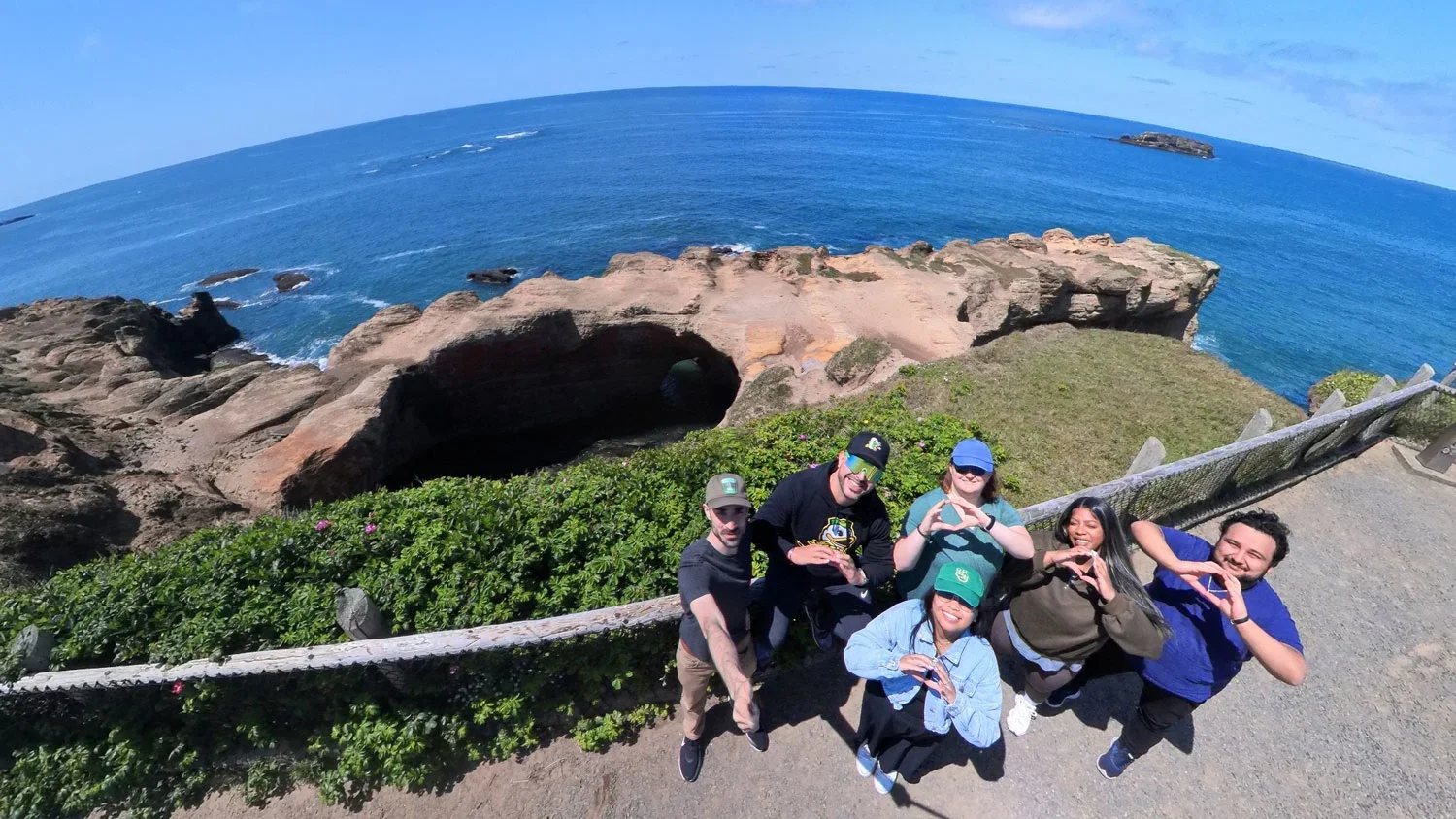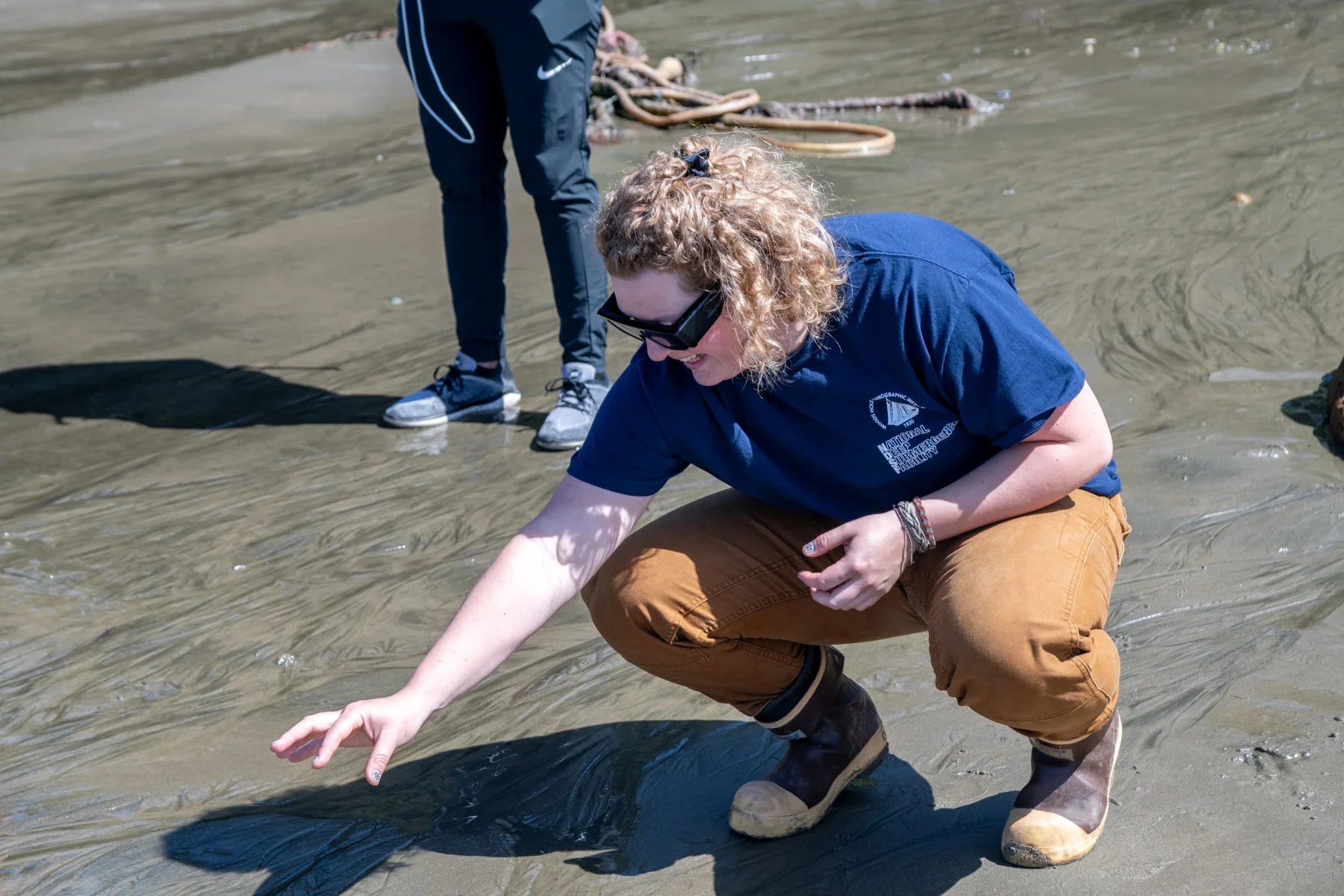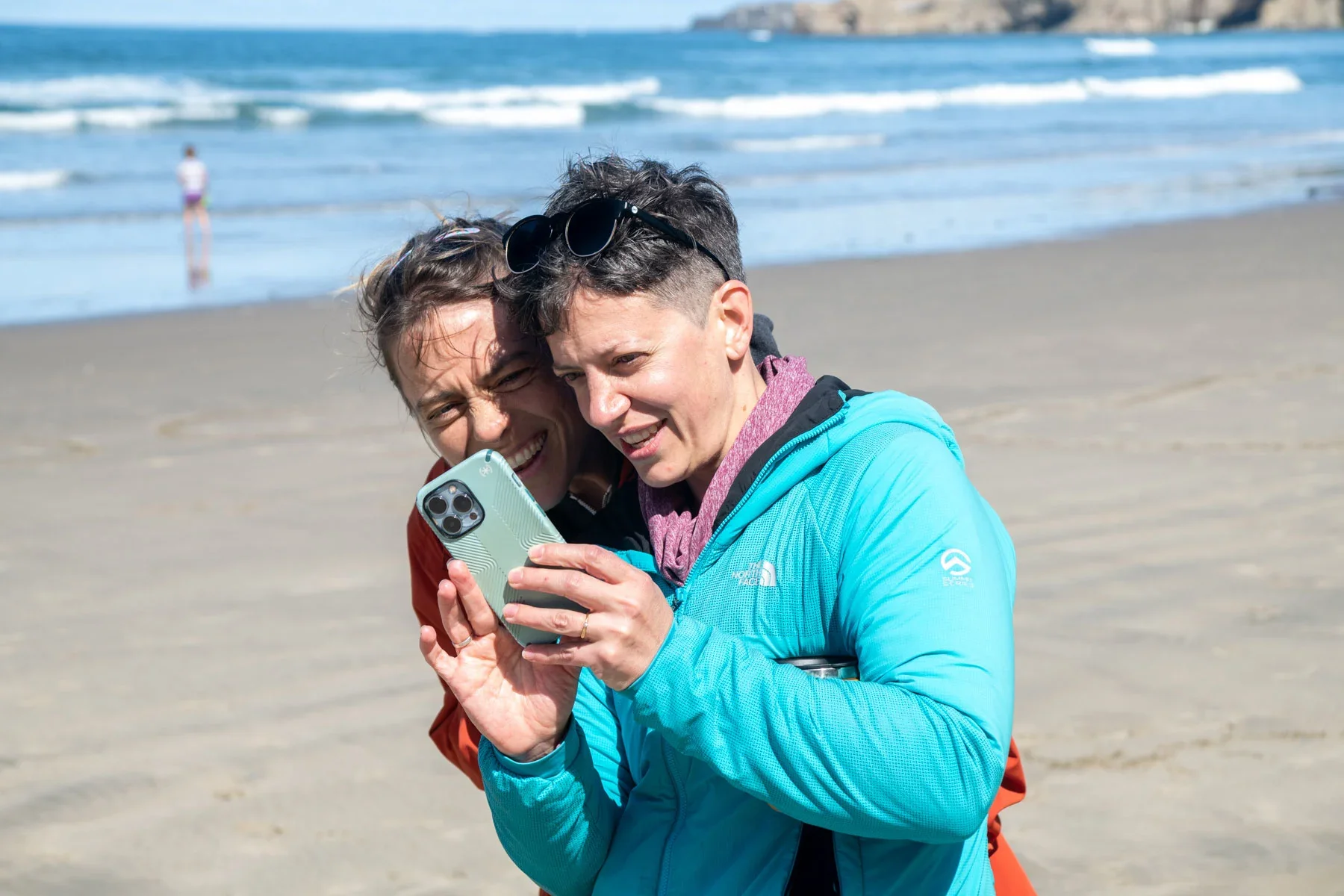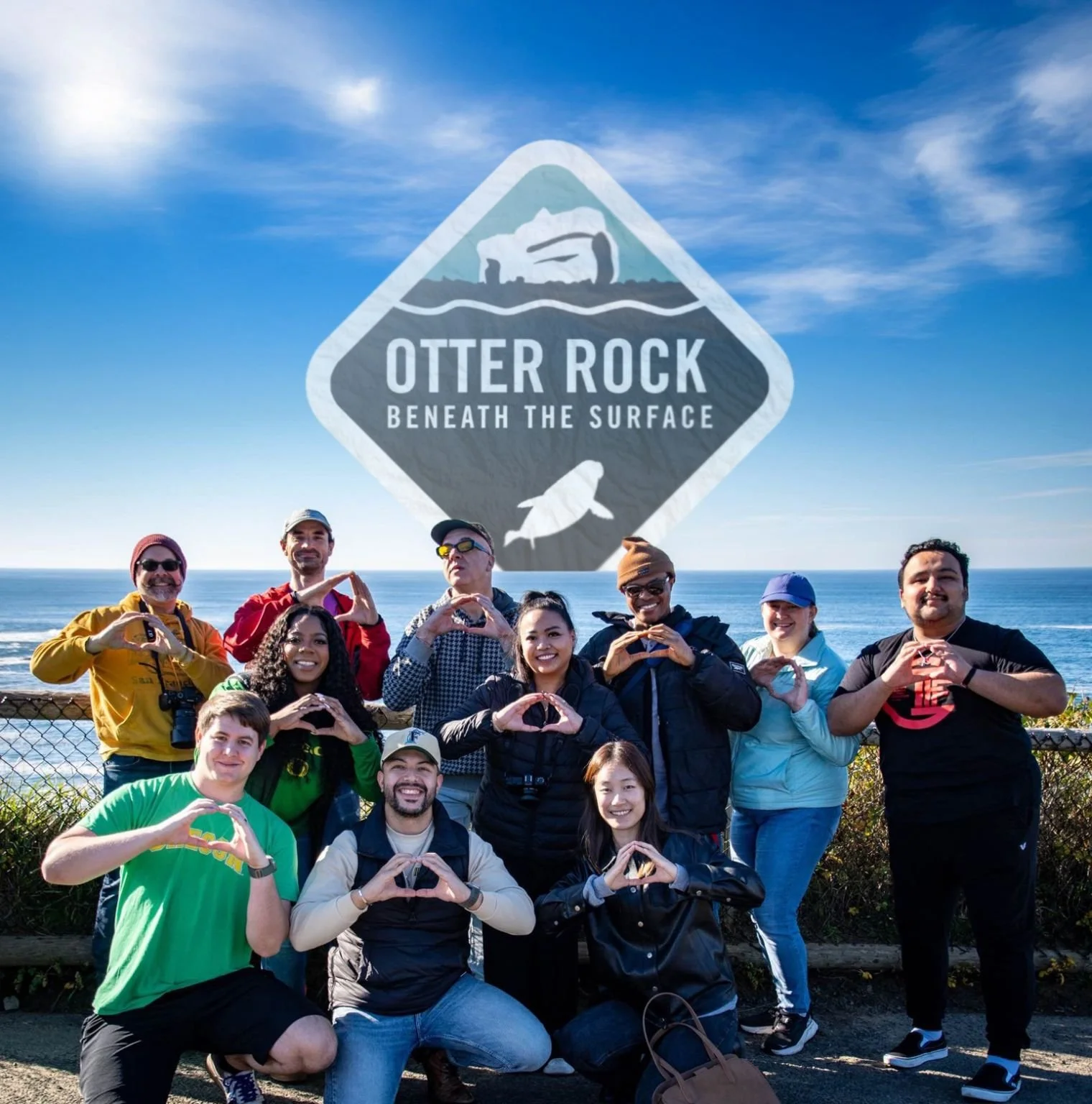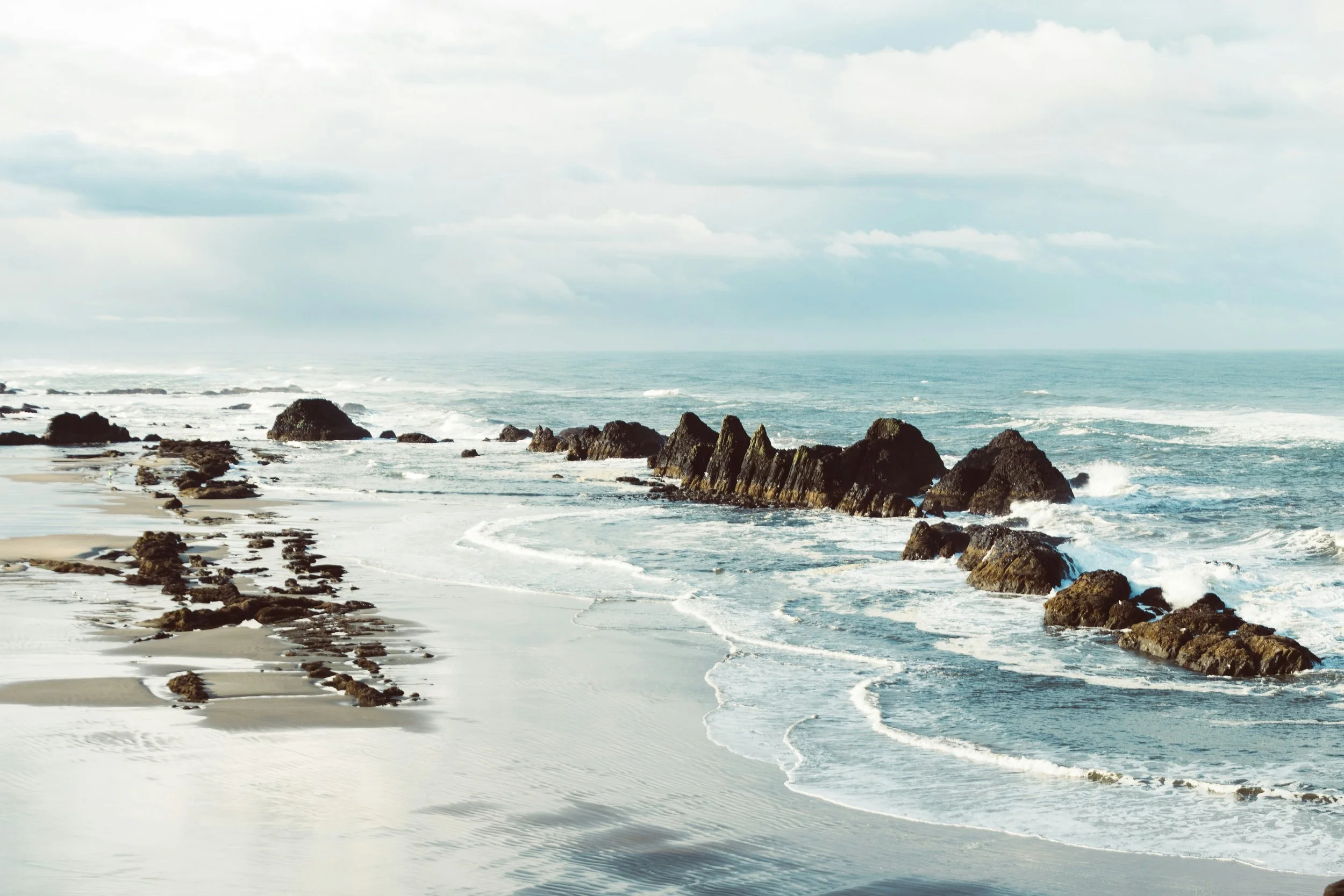
Falling in love with marine reserves
In collaboration with the Oregon Department of Fish and Wildlife (ODFW) and the Snap AR Scholars, the team at the Oregon Reality Lab created the augmented reality (AR) experience Otter Rock: Beneath the Surface to raise awareness about marine reserves and the regulations in place for this corner of the central Oregon coast.
As a member of the research team, I first contributed to the research design and discovery. I then conducted 10 interviews to collect user insights to design prototypes and ran 12 usability tests to gather feedback before finalizing the AR experience. Finally, I analyzed the collected data using Dedoose to provide useful insights for the design team.
Problem: Bring visibility and engagement to Otter Rock through environmental storytelling.
Approach: An interdisciplinary approach combining immersive media design and social science research.
Execution: Used SPSS, Qualtrics, and Dedoose to analyze user experience and behavioral intentions.
Top findings:
1. AR increased users’ sense of presence and pro-environmental intent
2. Users’ mental models shaped their expectations of the experience
3. Interactive feedback promoted environmental learning
4. Users overestimated the reserve’s size due to AR immersion
Impact: The project enhanced public awareness of marine conservation while positioning the UO as a leader in immersive environmental storytelling, informed future XR design, and benefited both students and the ODFW.
Reflection: This was my first group UX project that introduced me to AR, Snap, and the ODFW. I learned a ton about what I wanted to specialize in, and that I wanted to be more involved with design in the future.
Fun fact: Our work was recognized at the 2025 Auggie Awards as a finalist in the Best Societal Impact category.
You can explore Otter Rock using just your phone right now.

